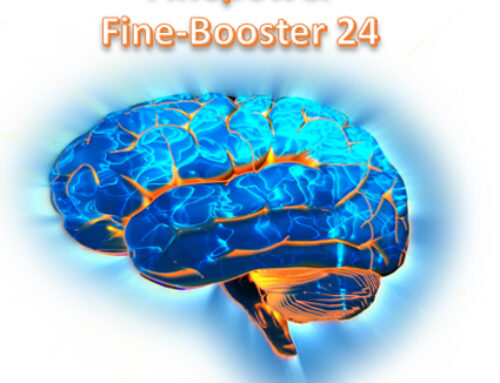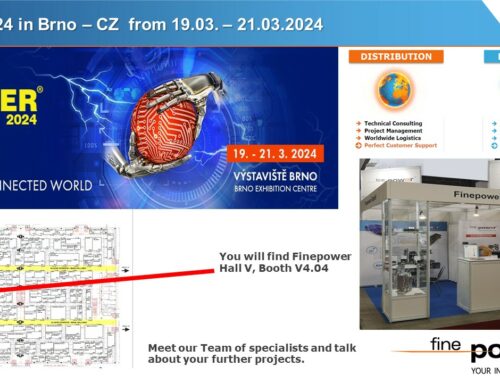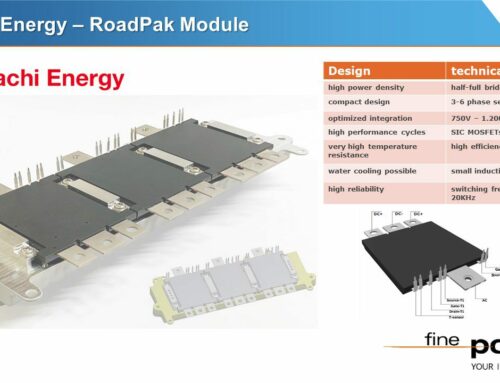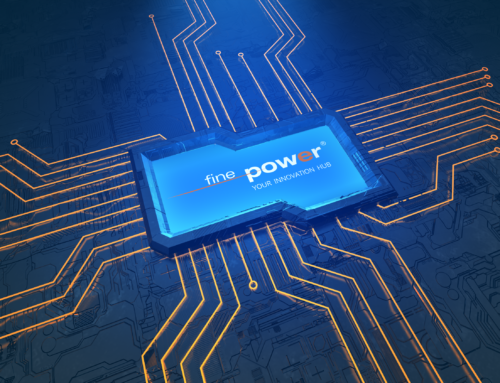Dr. Alex Lidow, EPC: “Our next integration step for the 7th generation of our GaN solutions will include increased integration of sensors and open-loop capabilities. Dr. Alex Lidow, EPC: “Our next integration step for the 7th generation of our GaN solutions will include the enhanced integration of sensors and open-loop functions. In three years we will be ready to present a complete Close-Loop solution in the form of a SoC”.
His goal is a highly integrated GaN device in the form of a SoC. He expects the realization in the form of a real product in 2022.
Markt&Technik: Recently you have repeatedly talked about Moore’s Law awakening to new life in the field of power semiconductors. What do you mean by that?
Dr. Alex Lidow: Moore’s Law has recently lost some of its dynamism in the classic semiconductor sector. In my opinion, the situation is different in the power semiconductor sector. We can significantly increase the performance of power semiconductors, let’s say, in steps of two or three years. Currently we are still 300 times away from the theoretical limit of GaN power semiconductors. In my opinion, Moore’s Law in the field of power semiconductors will therefore probably last for the next 10 to 20 years.
At the moment it looks as if 2019 could be the year of the SiC breakthrough in the automotive sector. What does this mean for GaN?
What is currently happening in the SiC area is related to Tesla’s decision to use SiC MOSFETs in Model 3. Let me put it this way: Tesla has only one chance, which is now trying to take advantage of it. A car manufacturer like Toyota, on the other hand, can sit back and decide when to combine which semiconductor technology with which drive technology. We have yet to make any comments, but I can already say so much that we are in close contact with six Tier-Ones from the automotive sector.
Possible concerns from the automotive sector are likely to stem from the fact that very few GaN power semiconductors have received automotive approvals to date. How far has EPC progressed in this respect?
We are gradually expanding the range of our GaN power semiconductors for automotive applications. However, I would also like to stress at this point that the emerging 48 V market in the automotive sector is, in my view, a very clear GaN market. In this voltage range, we can fully exploit the advantages of our technology. In the past, customers came to us because of the high frequencies and very compact dimensions of our products. Against this background, we have realized lidar or HighRel applications, and lidar, I have to say, is really GaN-crazy! With the triumph of 48 V concepts in the high-power server and automotive sectors, we score twice over MOSFETs: we are smaller and we offer higher performance. We have always been able to beat the MOSFETs in the enquiries we have received so far in the 48 V range. We are also seeing more and more inquiries from the field of very powerful DC/DC converters.
They had already blown the frontal attack on classic MOSFETs in the previous year. The future production of your 7th generation GaN power semiconductors on 8-inch wafers plays an important role in your roadmap. Have you found what you are looking for?
With the 5th generation, which we introduced in April 2015, we were able to offer GaN power semiconductors for the first time at a lower price than comparable MOSFETs. With the introduction of the 5th generation, we have therefore started to attack LV-MOSFETs directly in terms of price, and with success! With the upcoming transition to 8-inch wafers, on which we will produce the 7th generation, we can no longer produce these wafers at Episil Technologies. The decision for a corresponding 8-inch foundry will be made this summer. However, we will continue to manufacture our existing products at Episil Technologies. The foundation of EPC 2007 would not have been possible without the support of Archie Hwang, the founder of Episil Technologies.
The market launch of the 7th generation will not only involve a change of wafer diameter. What further integration steps will characterize the 7th generation?
Whereas the integration of switches and drivers into our GaN component was the next step in the 5th generation, we have now combined a monolithic half bridge with the corresponding drivers and high-level shifters and launched this product on the market in March of this year. We opted for the half-bridge because about 80 percent of the energy conversion on the market is done by half-bridge constructions.
That would then be the current status. Which features do you want to integrate into your GaN power semiconductors in the future, which will then resemble a SoC more and more?
We call the half-bridge approach our third step. Phase 4 will be characterized by increased integration of sensors and open-loop functions. I’m thinking of temperature and current monitoring, PWM functions, the possibility of digital addressing. Phase 5 would then be a complete closed-loop solution. Then we arrived at a real SoC solution, with a digital input on one side of the device and a power output on the other. I assume today that we can reach this level in three years. One of the drivers of this ever greater integration is that the further miniaturization of components is limited by the number of bumps that can be attached to such a device. We solve this problem by combining many functions on the chip and thus reducing the number of bumps required.
Since the foundation of EPC, you have consistently spoken out against packages for your power semiconductors – they are “evil”. Why do you argue so vehemently against packages for LV power semiconductors?
For six reasons I have something against enclosures for our power semiconductors. First, they increase the cost of the components by up to 50 percent. Secondly, they increase the electrical resistance and thirdly the leakage inductance, which leads to an increase in losses. Fourth, packages often unnecessarily increase the size of the actual component and the area the component requires on the PCB. Fifth, packages increase the thermal resistance of the components, making it more difficult to handle the waste heat from the components. Finally, packages are the most common cause of failures and faults in power semiconductors. For me, these were the decisive reasons for designing our power semiconductors in such a way that they do not require housings.
In recent years, they have also developed a wireless charging concept for table mats that can charge several devices. Apple has recently stopped its efforts in this direction. What have you done differently?
I don’t know the details of Apple’s development, but as far as I know, they worked with Magnetic Inductive Coupling. We used Magnetic Resonance Coupling in the development of our solution, in which we naturally brought in our GaN know-how and which works at 6.8 MHz. With jjPlus, we found a partner some time ago who has taken up our concept and offers table mats in various forms to operate and charge various electronic devices wirelessly. Perhaps Taiwan also sponsors magnetic resonance development and solutions.
This article was published here.





